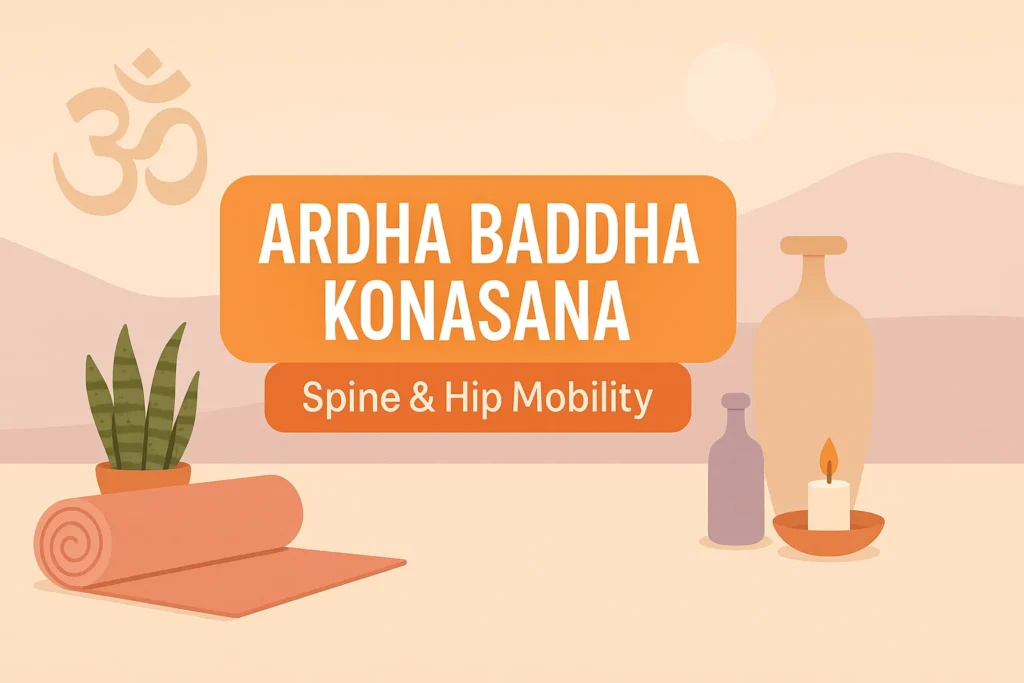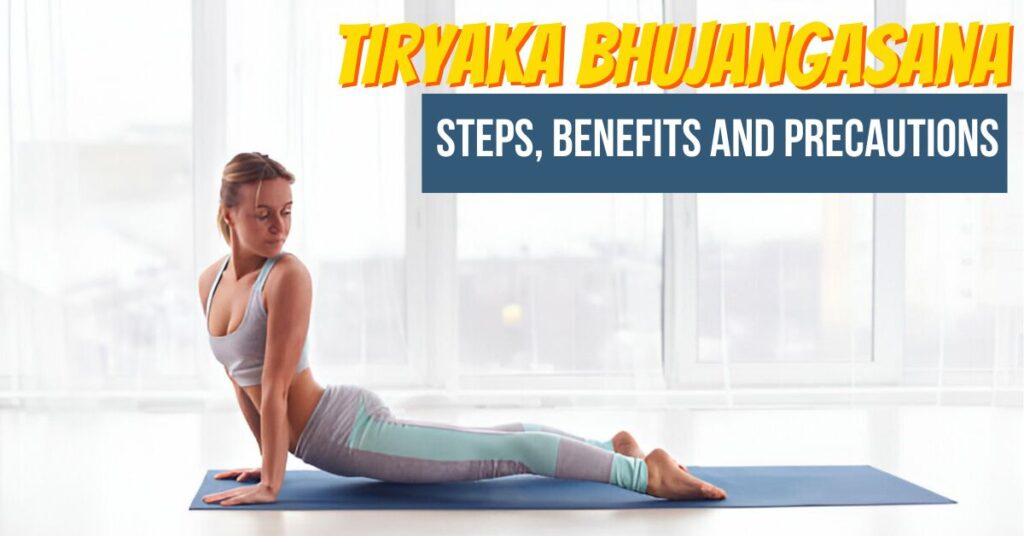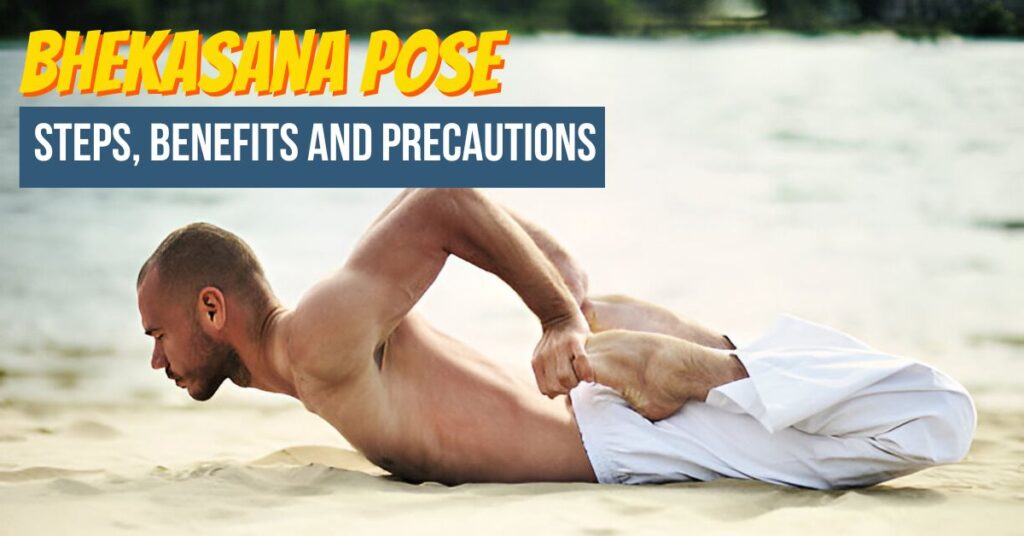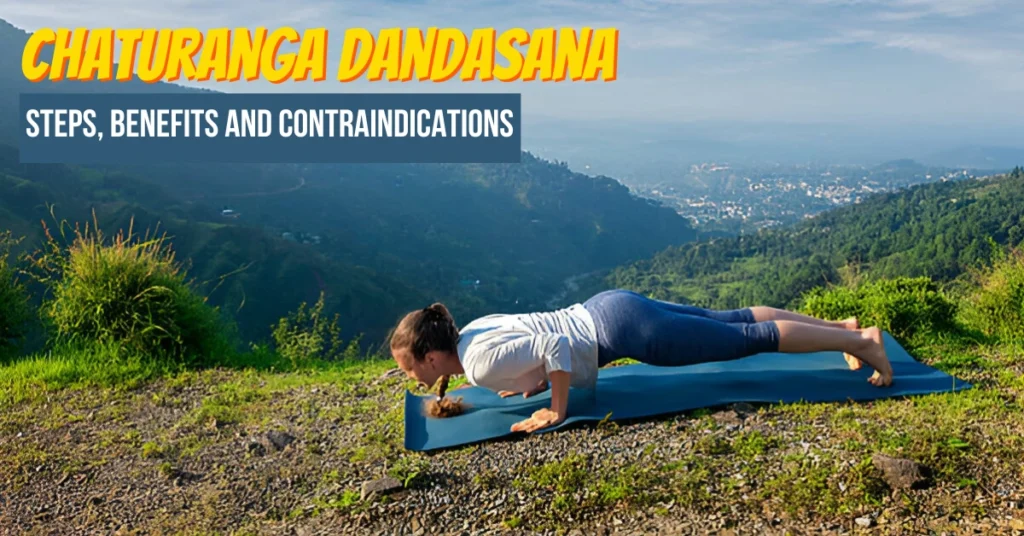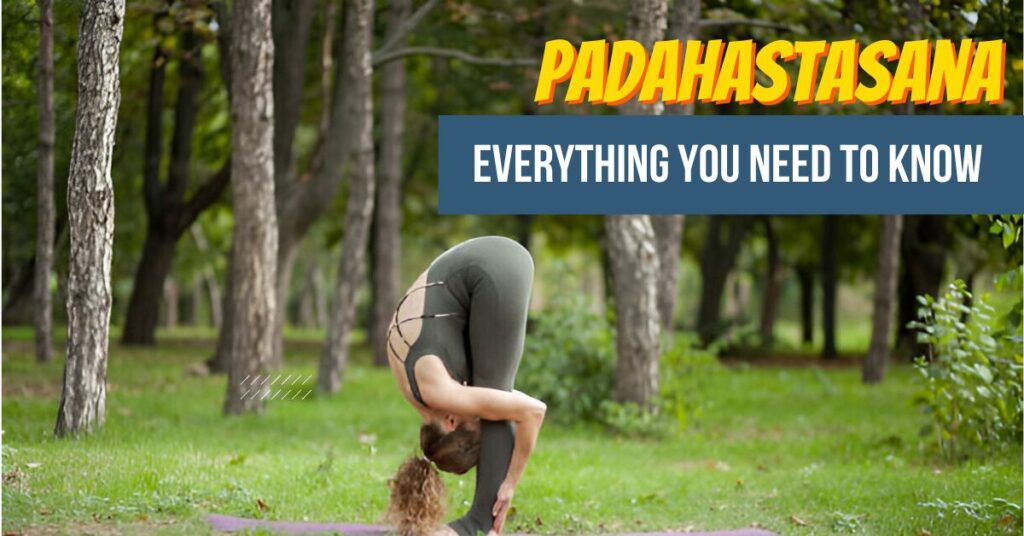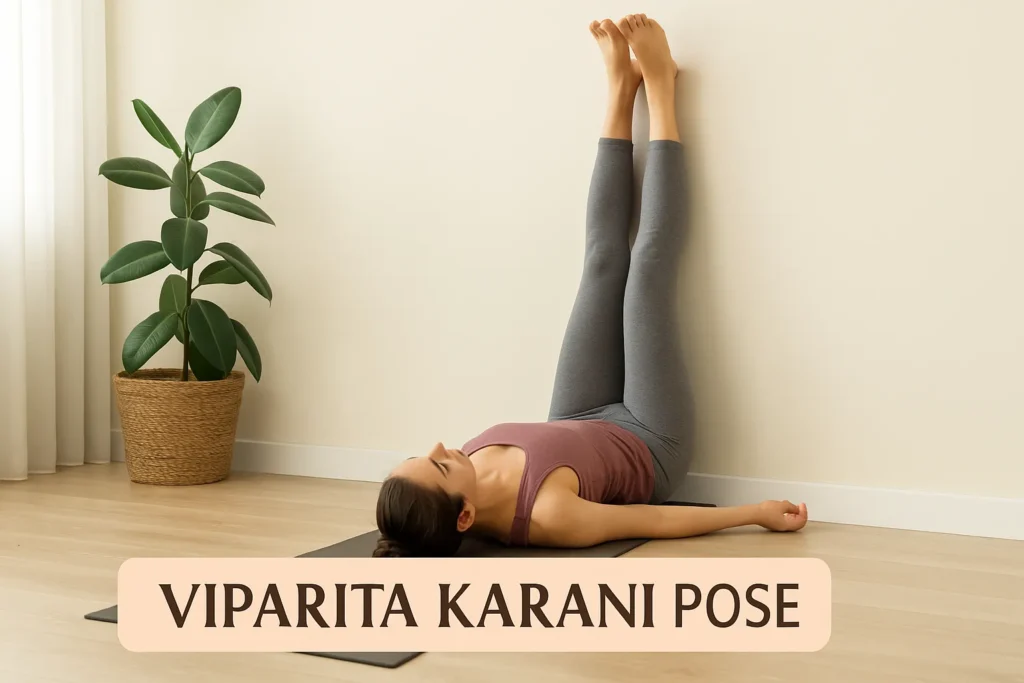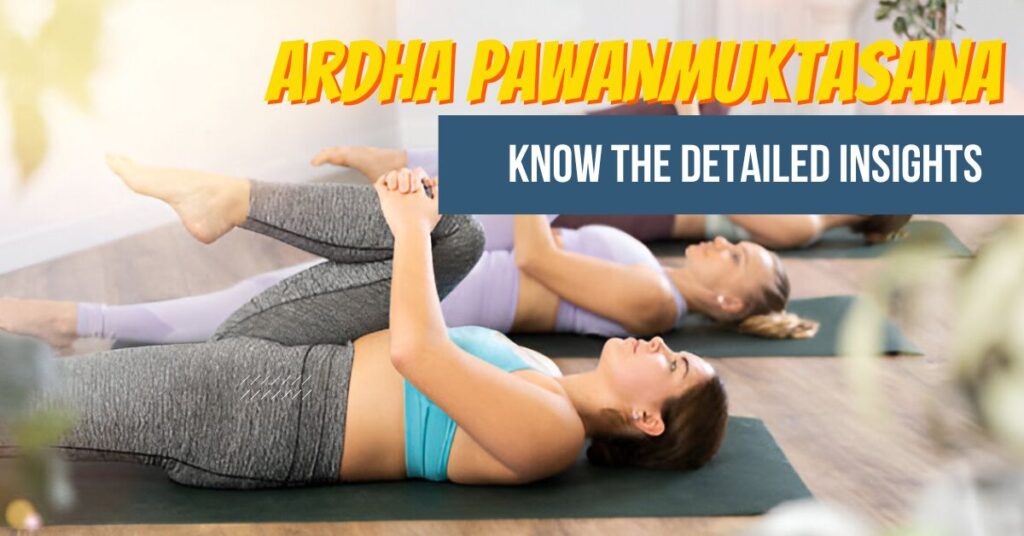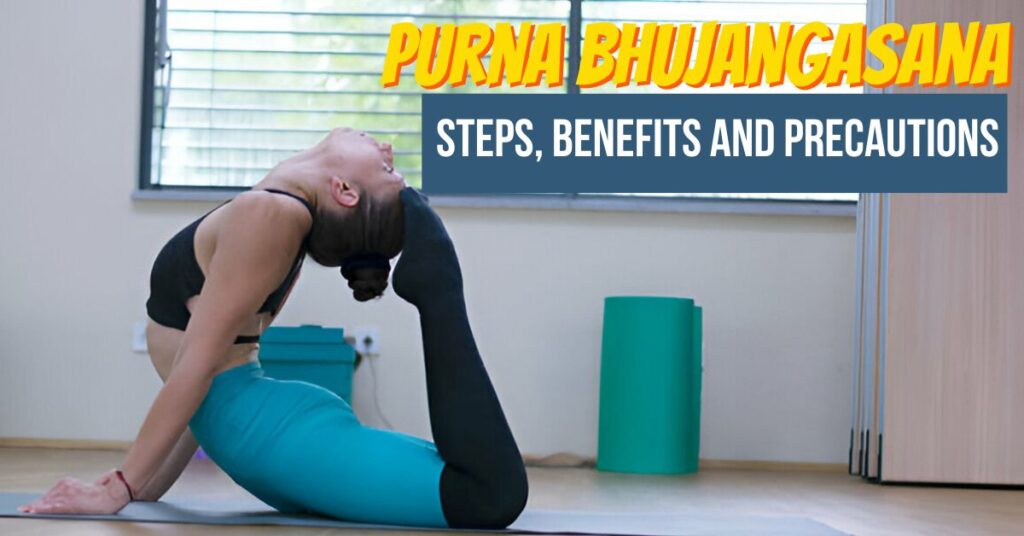A lot of us spend too much time sitting in chairs, often with poor posture. Over time, this tightens our hips, weakens our flexibility, and impacts the natural alignment of our bodies. You may have already tried various stretches or exercises to ease the discomfort, but yoga offers a gentle and effective solution. That’s where Ardha Baddha Konasana comes in. It’s a seated posture that not only works deeply into your hips and legs but also brings peace to the mind. Today on Yogaasan, we’ll cover everything you need to know about Ardha Baddha Konasana yoga pose: how to do it, its variations, advantages, and things to avoid while practicing.
What is Ardha Baddha Konasana Yoga Pose?
In Sanskrit, “Ardha” means half, “Baddha” means bound or locked, and “Konasana” means angle pose. So Ardha Baddha Konasana translates to Half Bound Angle Pose. In this asana, one leg is folded with the foot resting on the opposite thigh (similar to half padmasana), while the other leg remains extended forward. The arm on the same side of the bent leg reaches back and holds the big toe, creating a “bound” position. The pose improves flexibility, challenges balance, and stretches multiple areas of the body. It is also referred to as Half Lotus Forward Bend or Seated Half Bound Angle Pose in some yoga styles.
Why You Should Try Ardha Baddha Konasana?
This pose may look simple but offers deep physical and mental benefits. When done regularly, it stretches the hips, groin, and hamstrings while activating internal organs. Here are some of the benefits of Ardha Baddha Konasana that you should know:
- Improves Hip Flexibility: It deeply stretches the hip joints and groin muscles, perfect for those who sit for long hours.
- Boosts Digestion: The compression of the abdomen helps massage the digestive organs.
- Calms the Mind: The seated nature of the pose encourages inward focus and steadiness.
- Increases Blood Circulation: Especially in the lower body and pelvic area.
- Strengthens Spine and Shoulders: While holding the pose, the back remains active, encouraging better posture.
- Improves Balance: Engaging one leg while reaching back with one hand enhances stability and coordination.
How to Do Ardha Baddha Konasana Pose Correctly?
Now let’s go through the step-by-step instructions for Ardha Baddha Konasana, especially if you’re a beginner.
- Sit with your legs extended straight out in front of you. (Dandasana).
- Bend your right leg and place the right foot over the left thigh, as close to the hip crease as possible (like half padmasana).
- Wrap your right hand around your back and try to hold the big toe of your right foot.
- Take a deep breath in and raise your left arm straight up toward the sky.
- As you exhale, slowly bend forward from your hips and attempt to touch your left foot or shin with your left hand. Keep the spine straight and avoid collapsing the chest.
- Keep the spine straight and avoid collapsing the chest.
- Stay in the pose for 5–8 breaths. Feel the stretch in the hamstrings, hips, and back.
- Inhale to come back up and slowly release the position.
- Repeat on the opposite side.
Pro Tip: If you can’t reach the toe initially, don’t worry. You can simply rest your hand on the floor or use a strap until your flexibility improves.
How Padma Parvatasana Is Related To This Asana?
You might hear terms like Padma Parvatasana or Half Lotus Bound Pose thrown around. These are closely related. In Padma Parvatasana, both legs are placed in lotus pose and the arms are raised upward. Whereas in Ardha Baddha Konasana, only one leg is folded and the torso folds forward.
Both poses offer flexibility and strength, especially in the hips, but Padma Parvatasana benefits the upper body more while Ardha Baddha Konasana benefits the lower back, hips, and hamstrings deeply.
When to Avoid Ardha Baddha Konasana?
Although the pose is generally safe, there are a few precautions you should take before practicing:
- Avoid this pose in case of a knee injury or recent hip surgery.
- People with tight hamstrings or sciatica should practice under supervision.
- Do not force the binding or bending if you feel discomfort.
- Pregnant women should avoid deep forward bends unless guided by an expert.
It’s always best to listen to your body and use props like cushions or straps to support your practice.
Final Thoughts
Ardha Baddha Konasana is one of those yoga poses that teaches you patience and presence. It may feel tight at first, but with regular practice, it helps unlock a range of motion and stillness you didn’t know you had. At Yogaasan, we believe that yoga is not about how far you go, but how deeply you connect with your breath and your body in the moment. This asana is a perfect example of that principle.
Whether you’re someone looking to improve flexibility, deepen your stretches, or simply calm your mind, this pose is a great addition to your daily routine.
Frequently Asked Questions (FAQs)
Can beginners do Ardha Baddha Konasana?
Yes, beginners can do it using props like yoga straps or cushions for support.
What is the English name for Ardha Baddha Konasana?
It’s commonly known as the Half Bound Lotus Pose or Half Bound Angle Pose.
How often should I practice this pose?
You can include it 3–4 times a week for better hip mobility and flexibility.
What’s the difference between Ardha Baddha Konasana and Baddha Konasana?
Baddha Konasana involves both soles of the feet together and no binding. Ardha Baddha involves a single leg in lotus and a forward fold with a bind.
